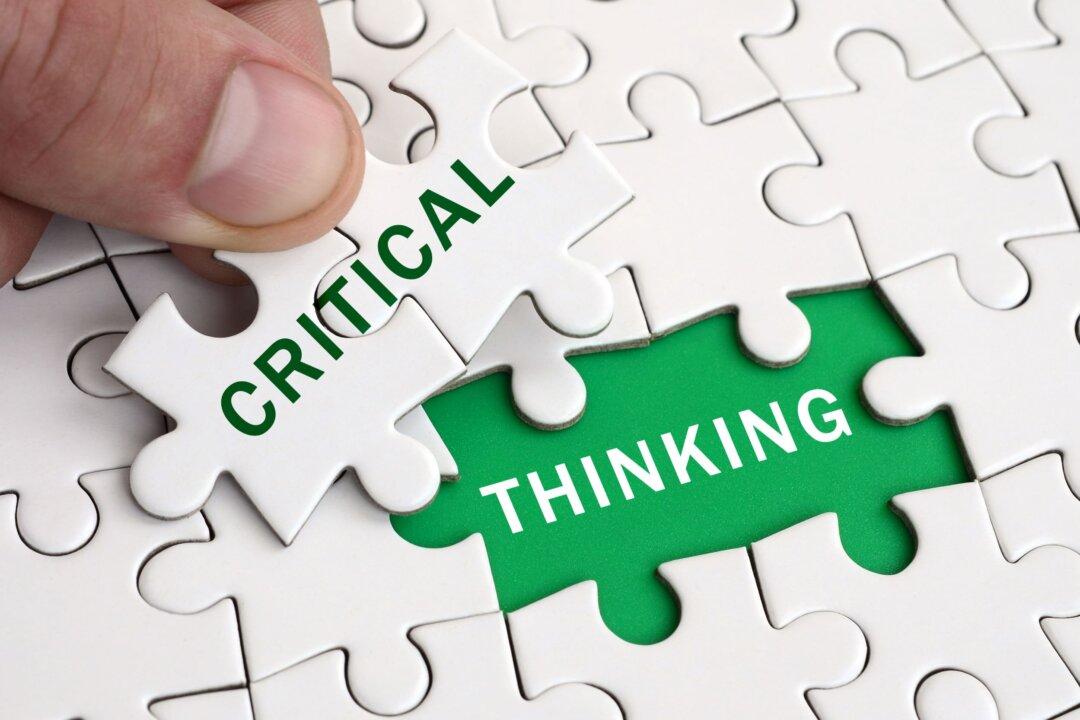Every year, 40 percent of students drop out of college. Of course, the reasons behind this vary from family emergencies, financial constraints, and even the decision that college is not the best route to success.
Another reason, though, is that students are often woefully unprepared for the rigors of higher education. Louis E. Newman, the former dean of Academic Advising and associate vice provost for Undergraduate Education at Stanford University, has written a book to help incoming freshmen, especially first-generation students, prepare for college.






